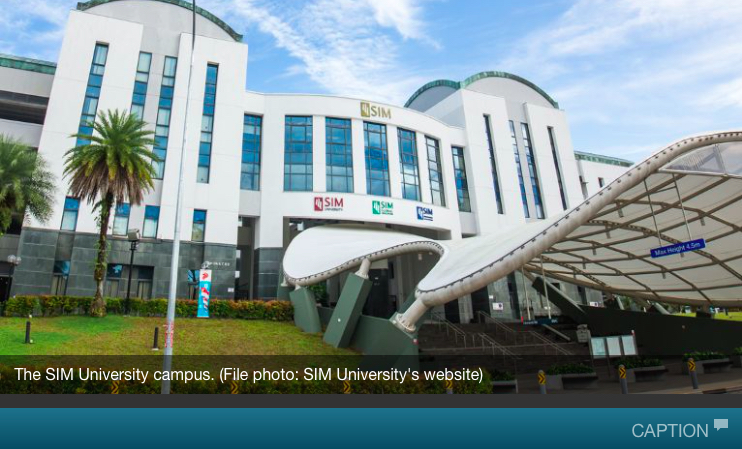As a follow-up from my previous post, Singapore’s Ministry of Education has just announced today that the Singapore Institute of Management will be renamed as the Singapore University of Social Sciences — shocking, I know!
SIM used to be Singapore’s only privately funded university, but after this recent rebranding and restructuring, it will become the country’s sixth autonomous (i.e. government run) university. Below are quotations taken from news reports regarding this sea change in Singapore’s HE sector:
“The name was chosen to reflect the university’s mission of “driving lifelong learning anchored in disciplines with a strong social focus”, Minister for Higher Education and Skills Ong Ye Kung said in a press release issued by the school on Friday (Mar 17).
“SUSS is under the ambit of the Ministry of Education and is no longer part of the SIM Group, which comprises SIM Global Education, SIM International Academy, SIM Professional Development and Platform E.”
“Autonomous universities receive government funding and are subject to government oversight, but have the flexibility to set their own direction and differentiate their educational offerings. Currently, National University of Singapore, Nanyang Technological University, Singapore Management University, Singapore University of Technology and Design and Singapore Institute of Technology (SIT) are autonomous universities.”
See more at:
http://www.channelnewsasia.com/news/singapore/sim-university-renamed-singapore-university-of-social-sciences/3603440.html
http://news.asiaone.com/news/singapore/unisim-now-singapore-university-social-sciences
http://www.themalaymailonline.com/world/article/unisim-renamed-as-singapore-university-of-social-sciences



